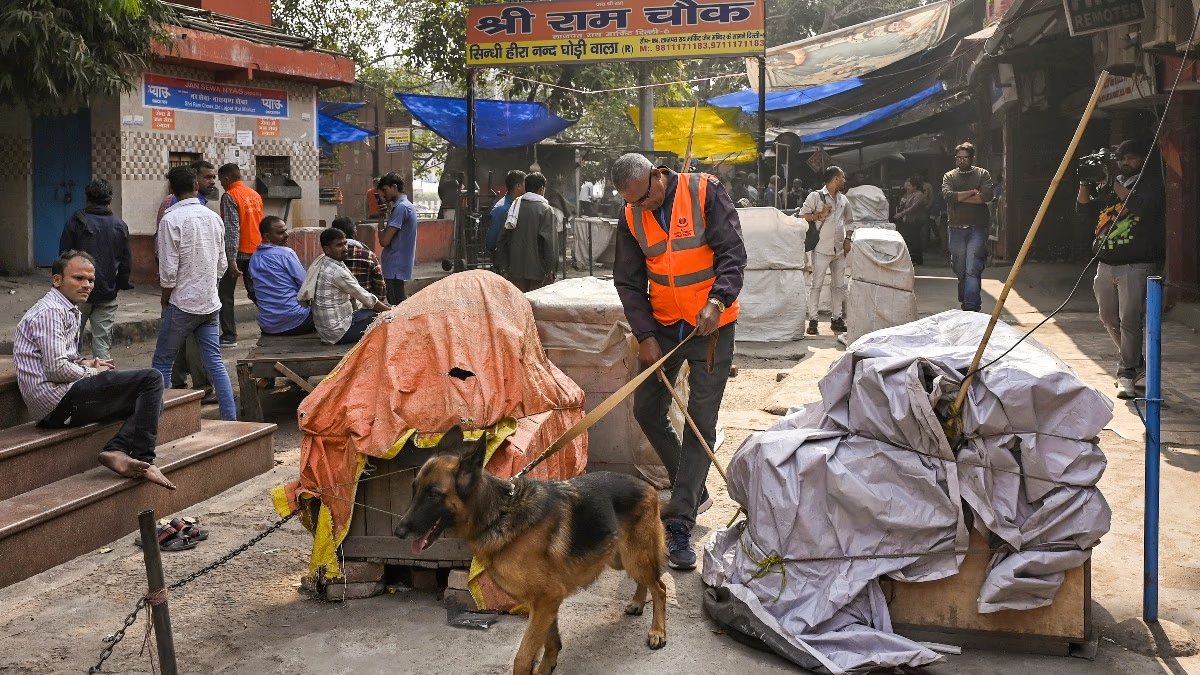The protest by candidates regarding the UP PCS and RO/ARO recruitment exams continues for the third day. Outside the Uttar Pradesh Public Service Commission (UPPSC) office in Prayagraj, candidates are rallying for a 'One Day One Exam' policy. From Delhi to UP, they oppose the decision to conduct exams in multiple shifts. Meanwhile, the Akhil Bharatiya Vidyarthi Parishad (ABVP) has also voiced its support for the candidates.
ABVP's Demand
The ABVP believes the concerns of the UP PCS and RO/ARO candidates are justified and require prompt resolution. A press release from ABVP's Kashi province emphasizes the need for the commission to consider candidates' issues. They advocate for discussions on subjects like exam center arrangements, normalization, and having exams in two shifts, aiming for swift action to allow candidates to prepare without anxiety or suspicion.
Condemnation of Baton Charge
ABVP has criticized the baton charge on candidates protesting new recruitment exam policies. The student organization states that problems can only be resolved through dialogue. Ankit Shukla, the national minister of ABVP, mentioned that candidates harbor reservations about the rules set by the Uttar Pradesh Public Service Commission for upcoming PCS and RO/ARO exams, leading to demonstrations at several levels. The commission should promptly address these concerns, ensuring the integrity and transparency of exams remain intact.
More on UPPSC Student Protest: Why Students Demand 'One Day-One Shift' Policy?
The Issue at Hand?
In reality, the commission has decided to conduct the UP PCS and RO/ARO exams in two shifts. If conducted in more than one shift, the evaluation of these exams follows a normalization method. A notice from the commission states that the percentile method will be used for exams taking place over multiple days. Additionally, it clarified that the normalization process will apply to the PCS Preliminary Exam 2024 and RO-ARO 2023 recruitment exams, alongside revealing the formula for calculating candidates' percentile scores. Candidates are displeased with this exam method.
Understanding Normalization
According to this formula, an individual’s percentile score is determined by dividing the number of candidates with equal or fewer marks than the individual by the total number of candidates present in that shift, and then multiplying by 100. For instance, if a student scores the highest at 70 percent, 15,000 candidates score 70 or fewer marks, and the total number of students is 18,000, then the percentile calculation is 100x15000/18000=83.33% (this percentage denotes the percentile for a student with a 70% score).
Opposition Against Normalization: Candidates' Arguments
Candidates argue that conducting exams in two shifts will result in normalization, potentially disadvantaging good students. They claim varying difficulty levels in different shifts will necessitate the use of the normalization method, risking capable students being filtered out. Furthermore, they suggest it could increase corruption.
Additionally, candidates point out situations in PCS exams where incorrect questions are asked, causing discrepancies in scores between shifts. If the second shift poses more challenging questions, candidates might struggle to understand the accurate number of marks obtained, as percentile scoring relies on the number of participating candidates. In such a scenario, even high-scoring candidates' percentiles may drop, propelling their protest.
Commission's Stance
In response to candidates' opposition to normalization, the commission states this method is already implemented by several other recruitment bodies nationwide. Before implementing, they conducted thorough reviews with expert teams, ensuring the approach was viable for exams.




